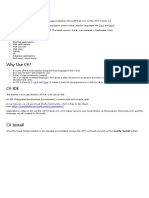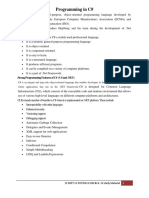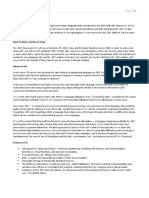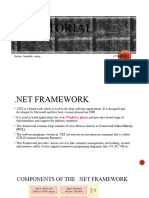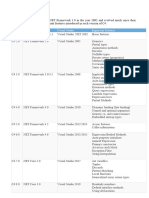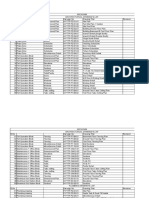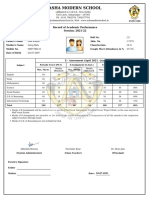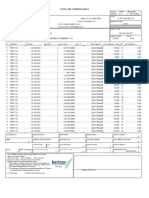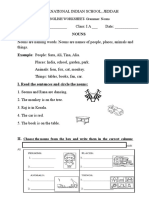0% found this document useful (0 votes)
21 views62 pagesNet C# 01
C# is a modern, object-oriented programming language developed by Microsoft, based on Java and C++. It features a simple syntax for creating programs, including a mandatory Main method as the entry point, and supports various data types and structures. The document also covers topics such as namespaces, variable types, and coding style, emphasizing the importance of readability and proper syntax.
Uploaded by
marwa.mah1956Copyright
© © All Rights Reserved
We take content rights seriously. If you suspect this is your content, claim it here.
Available Formats
Download as PPTX, PDF, TXT or read online on Scribd
0% found this document useful (0 votes)
21 views62 pagesNet C# 01
C# is a modern, object-oriented programming language developed by Microsoft, based on Java and C++. It features a simple syntax for creating programs, including a mandatory Main method as the entry point, and supports various data types and structures. The document also covers topics such as namespaces, variable types, and coding style, emphasizing the importance of readability and proper syntax.
Uploaded by
marwa.mah1956Copyright
© © All Rights Reserved
We take content rights seriously. If you suspect this is your content, claim it here.
Available Formats
Download as PPTX, PDF, TXT or read online on Scribd
/ 62






